Intro
Well loved in the US, Morgan Horses were developed as an all around horse late in the 18th century.
Read more
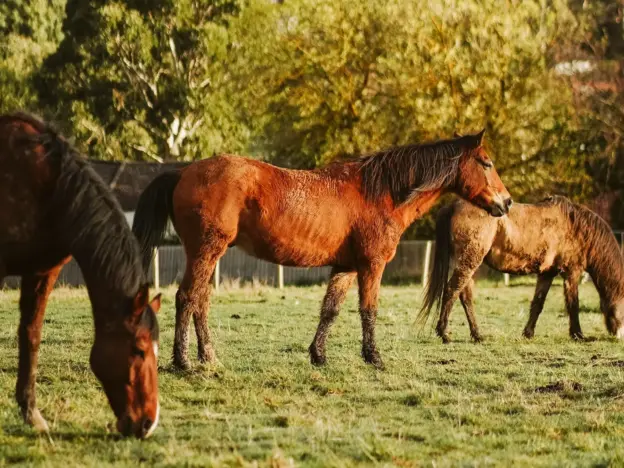
Well loved in the US, Morgan Horses were developed as an all around horse late in the 18th century.
Read more
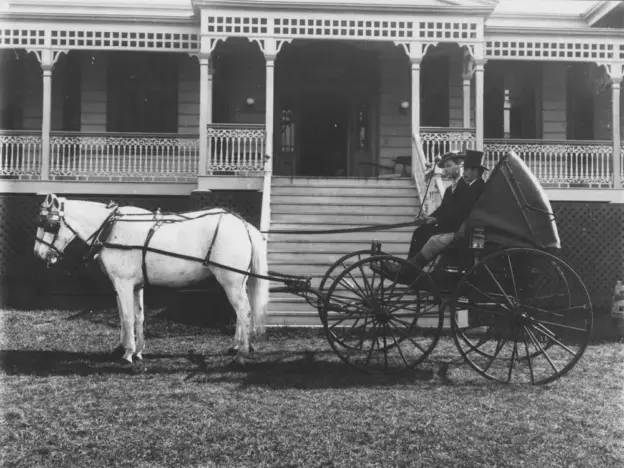
Horses are not native to the Australian continent and over the years a surprising variety of bloodlines have made their way down under.
Read more
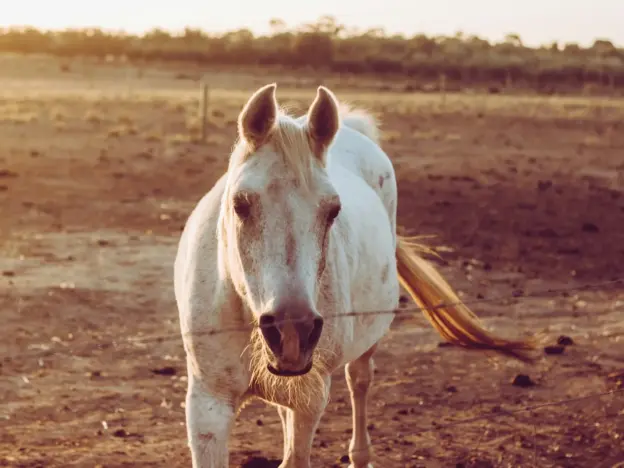
The Arabian horse bloodlines are highly valued and have been adopted by a variety of different countries worldwide.
Read more
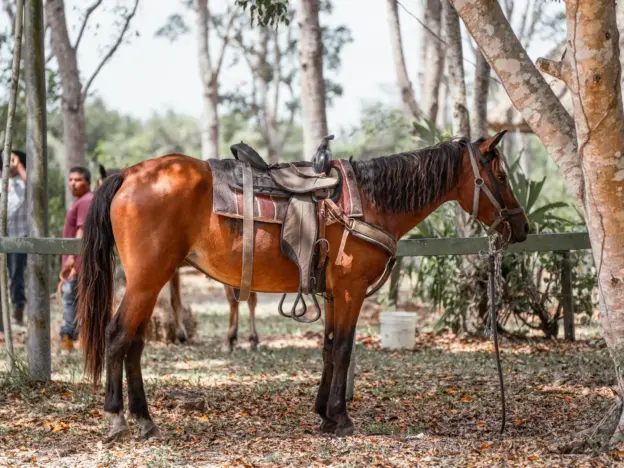
The word Criollo was originally used for animals (or people) of purebred Spanish ancestry who were born in the Americas. Over time it has come to mean breeds of Iberian descent that are native to the Americas.
Read more
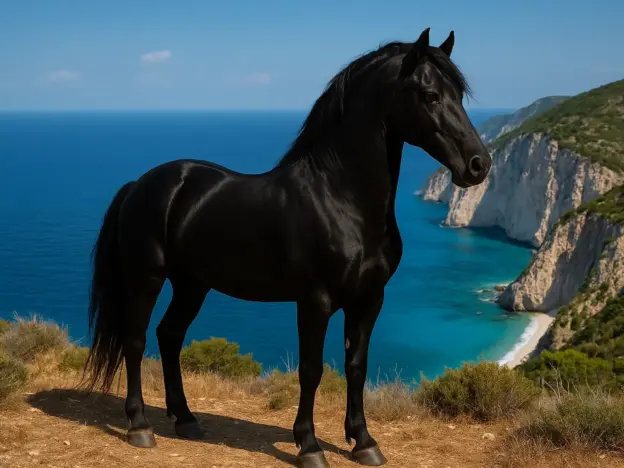
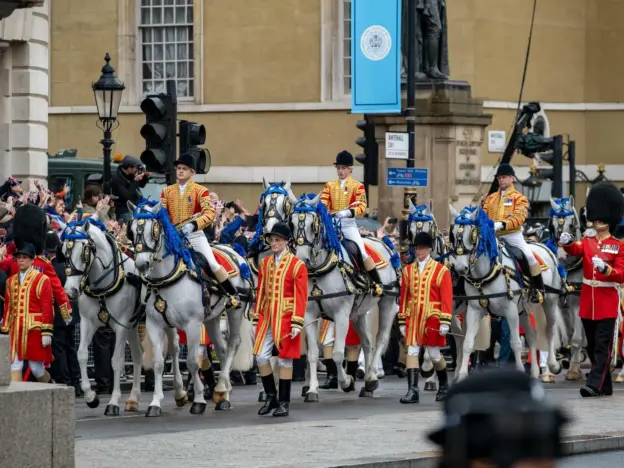
Not an official breed, the Windsor Grey Horse is more of a color type, used exclusively for royal pageantry in the UK.
Read more
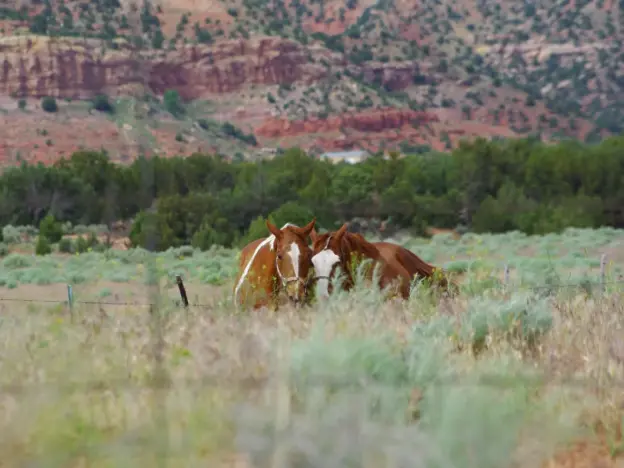
Notable for being the only Spanish Colonial type that doesn’t run wild in the US, the Wilbur Cruce Colonial Horse is named for their founder, Ruben Wilbur.
Read more
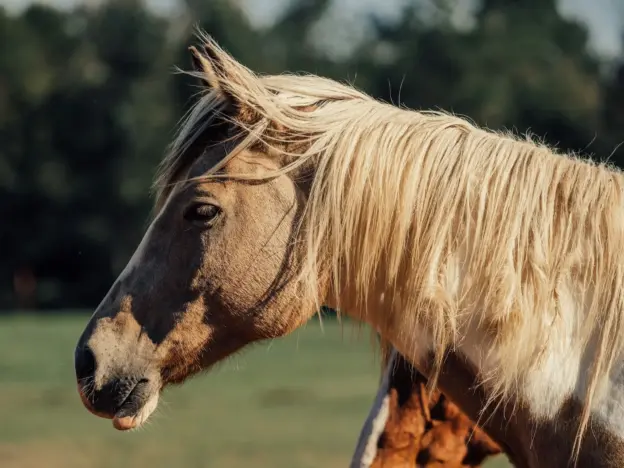
Not an official breed, the Whitmire Horse is a strain of Cherokee Horse and part of the Spanish Colonial Horse family.
Read more
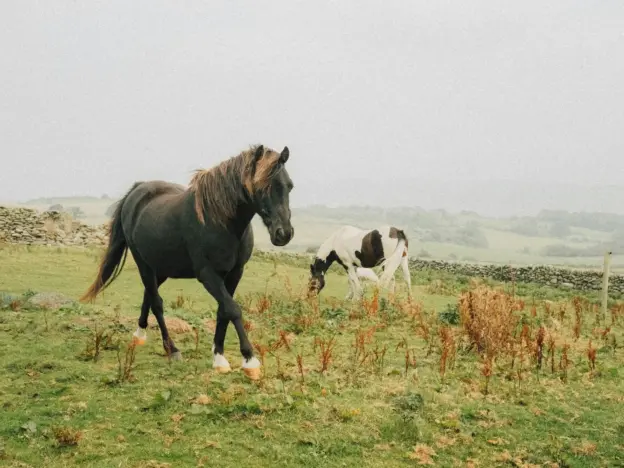
While it is not an official Welsh Pony breed, Section K denotes Welsh crosses with other breeds. Not all registries will accept Section K.
Read more
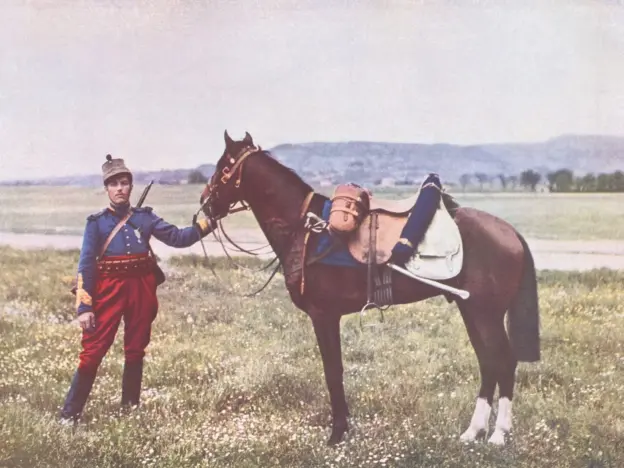
The Vendéen Horse is a breed of French saddle horse that is now extinct, folded into the Salle Francais.
Read more